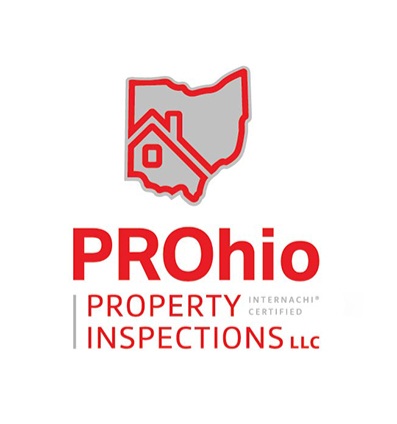Purchasing or living in an older home can be a charming experience, as these properties often boast unique architectural features and a sense of history. However, it’s crucial to be aware of potential issues, especially when it comes to the plumbing system. The type of pipes used in older homes may vary significantly from those in modern constructions, and they can pose certain challenges. In this article, we’ll explore the common types of plumbing pipes found in older homes, potential problems, and essential tips for homeowners to address them. Let’s dive in!
1. Common Types of Plumbing Pipes in Older Homes:
Older homes may have utilized various materials for their plumbing systems, each with its pros and cons. Some of the most common types include:
a. Galvanized Steel Pipes: Widely used until the mid-20th century, galvanized steel pipes were durable but susceptible to rust and corrosion over time.
b. Cast Iron Pipes: Commonly found in drain lines, cast iron pipes are durable but can become brittle with age, leading to cracks and leaks.
c. Copper Pipes: Used in many older homes for water supply lines, copper pipes are relatively durable but can develop pinhole leaks due to corrosion.
d. Lead Pipes: In very old homes, lead pipes might still exist. These pose a significant health risk as lead can leach into the water supply.
2. Potential Problems with Older Pipes:
a. Corrosion: Many older pipes are prone to corrosion, which can lead to leaks, reduced water pressure, and water discoloration.
b. Clogs and Blockages: Over time, debris and sediment can accumulate in older pipes, leading to clogs and reduced drainage efficiency.
c. Pinhole Leaks: Copper pipes, in particular, can develop small pinhole leaks due to internal corrosion, causing water damage and mold growth.
d. Inadequate Material for Modern Demands: Older pipes might not withstand the demands of modern water pressure, leading to pipe bursts and further damage.
3. What to Look Out For:
a. Discolored Water: If you notice brown or rusty water, it may indicate corrosion in the pipes.
b. Low Water Pressure: Reduced water pressure could be a sign of clogged or corroded pipes.
c. Unusual Noises: Gurgling or banging sounds when using water fixtures could indicate air pockets or loose pipes.
d. Water Stains and Mold: These signs suggest water leaks that need immediate attention.
4. Essential Tips for Homeowners:
a. Inspect the Plumbing System: Hire a professional plumber to conduct a thorough inspection of the plumbing system, identifying potential issues and recommending appropriate solutions.
b. Consider Pipe Replacement: In some cases, partial or full pipe replacement may be necessary, especially for galvanized steel or lead pipes.
c. Regular Maintenance: Adopt a regular maintenance routine, such as periodic pipe flushing and drain cleaning, to prevent clogs and corrosion.
d. Install Water Softeners: If your water is hard (high in mineral content), consider installing a water softener to reduce mineral deposits in the pipes.
Owning an older home can be a rewarding experience, but it comes with the responsibility of maintaining its unique plumbing system. Being aware of the common types of plumbing pipes in older homes and the potential issues they may present can help homeowners take proactive measures to prevent damage and ensure a well-functioning plumbing system for years to come. If you encounter any plumbing problems beyond your expertise, always consult a professional plumber to handle the repairs and upgrades effectively.
